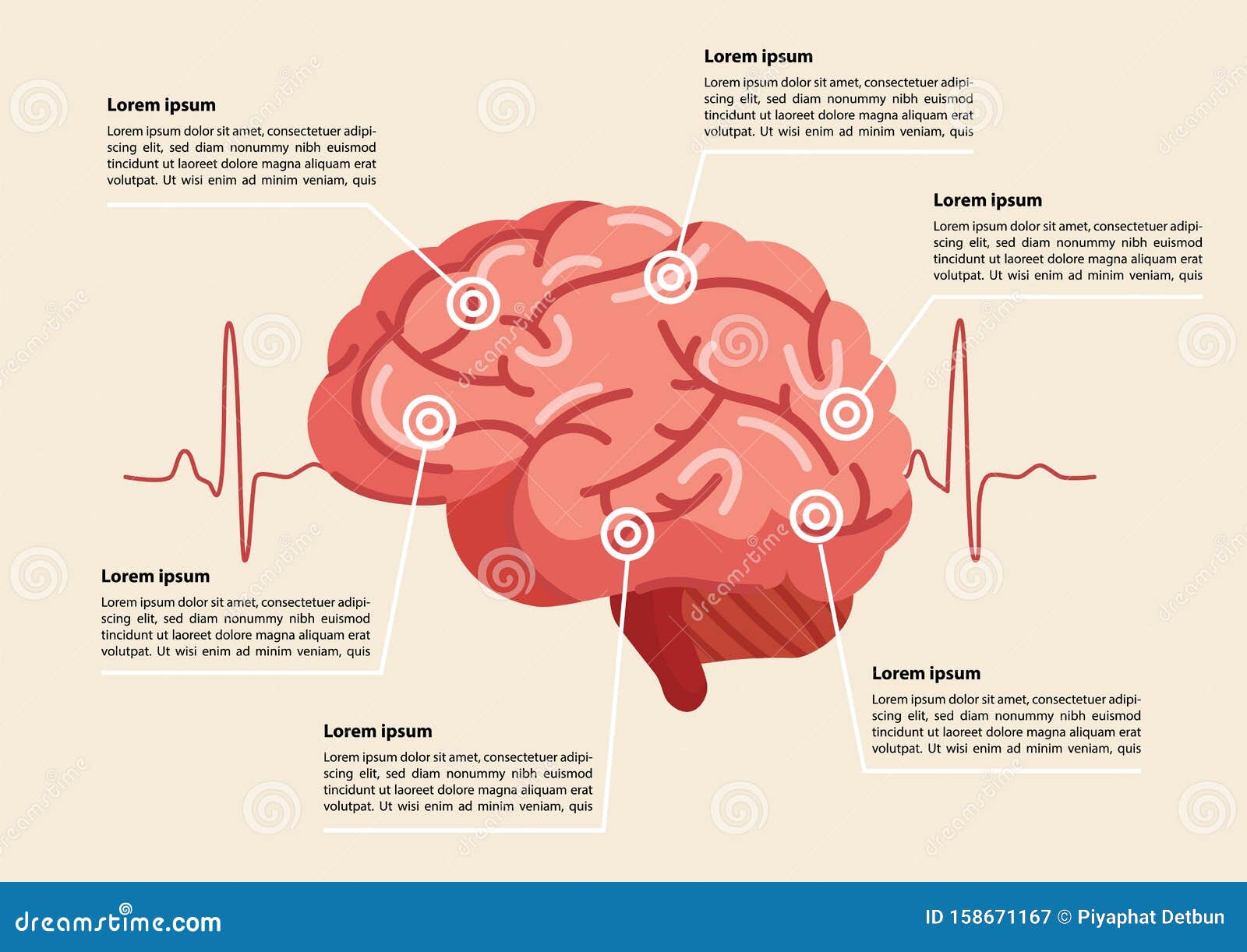
This is rare but may be life-threatening. If deep vein thrombosis occurs, the clots can break off, travel through the bloodstream, and get caught in the lungs, which is called a pulmonary embolism. When one or more body parts is paralyzed due to inactivity of the limb, blood is more likely to start pooling inside the veins and form clots called deep vein thrombosis. However, stroke risk does increase with age. Most people worry about having another stroke but the probability of a second stroke is about 10 percent within three years. A urinary tract infection (UTI) is the most common type of infection. Infections, like bladder infections and IV line infections (when the bloodstream is infected with germs that enter the body through an intravenous tube), are also common, though usually quite simple to treat with antibiotics. Much of this can be addressed durring speech language therapy and utilizing swallowing technology like FEES (flexible endoscopic evaluation of swallowing). Silent aspiration means the stroke patient does not cough, gag, choke, or have any other outward signs of difficulty. Swallowing food or liquid down the “wrong pipe” (the trachea that leads to the lung) is known as aspiration and can lead to aspiration pneumonia. dizziness (vertigo), which could lead to severe nausea.ĭysphagia (swallowing problems) is common after stroke, as the event damages a person’s ability to coordinate movement in the throat.However, this type of stroke will often result in the following symptoms: Patients with brainstem strokes typically retain their cognitive skills. Nearly 30 percent of all ischemic strokes are subcortical, and include lacunar infarcts (strokes caused by blocked arteries in a deeper part of the brain), which have the best prognosis. Subcortical strokes affect the small vessels deep in the brain, and typically cause motor hemiparesis (one-sided weakness of the body) affecting the face, arms, and legs. However, a high quality of life can still be achieved with treatment from your rehabilitation team. These deficits can be subtle, but they are significant both to the stroke survivor and their family and friends.
#Brain stem stroke recovery how to#
For example, a person may not know how to avoid falls and injuries.

Contrarily, people with receptive aphasia will have problems such as: When language abilities are lost but cognition remains intact, this is called expressive aphasia. A left hemisphere stroke may lead to expressive aphasia or receptive aphasia. Strokes most often effect four main regions of the brain, which include the:ĭamage to the left hemisphere will often affect a person’s speech, language, and can also paralyze the right side of his or her body. This largely depends on where the stroke took place. Each person is affected differently by a stroke.


 0 kommentar(er)
0 kommentar(er)
